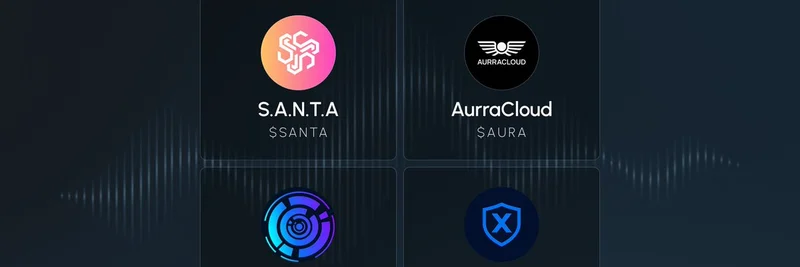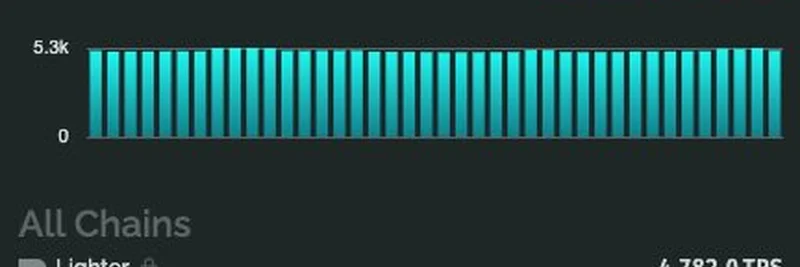In the fast-paced world of blockchain, staying on top of protocol performance and fees is crucial for anyone involved in the space. Recently, Austin Federa, co-founder of DoubleZero, shared an exciting update on X (formerly Twitter) that's worth diving into. DoubleZero, a decentralized framework designed to boost the speed and efficiency of networks like Solana, has now integrated its fee data with DeFiLlama—a popular analytics platform for tracking DeFi protocols.
This move makes it easier for users, validators, and investors to monitor DoubleZero's fee collection in real-time. DeFiLlama aggregates data from various blockchain projects, providing metrics like total value locked (TVL), revenue, and fees. For DoubleZero, this integration highlights fees collected rather than just charged, which explains the ups and downs you might see in the charts. Fees are applied every epoch—a fixed period in blockchain terms, similar to a cycle where network activities are processed—but validators get a grace period of several epochs to settle up.
If you're new to this, DoubleZero isn't your typical meme token; it's more of an infrastructure play. It leverages underutilized fiber-optic networks to create a "new internet" for blockchains, reducing latency and increasing bandwidth. This helps Solana validators process data faster, potentially improving the entire network's performance. The project has already seen impressive adoption, with a significant portion of Solana's stake running on its network.
Federa pointed out that this is a version 1 (V1) implementation, so it's a starting point. For deeper details on how fees work, check out the official guide on the DoubleZero website. It's a great resource if you're a validator looking to optimize your setup or just curious about how these systems generate revenue.
The announcement sparked some conversations in the replies. One user compared it to other platforms like Pump.fun, noting DoubleZero's solid start just a month after its mainnet beta launch. Others asked about revenue distribution—turns out, fees are partly allocated to network contributors based on their fiber contributions, with the remainder burned, similar to Bitcoin's model where holdings don't directly influence earnings.
This integration could signal growing maturity for DoubleZero, especially as it expands beyond Solana. If you're into blockchain tech, keeping an eye on these metrics via DeFiLlama might give you an edge in understanding network health and potential investment opportunities.
Overall, it's a step toward more transparency in the crypto world, making complex data accessible to everyone. Whether you're a seasoned validator or just dipping your toes into Solana's ecosystem, this update is a reminder of how infrastructure projects like DoubleZero are pushing the boundaries of what's possible in decentralized networks.



